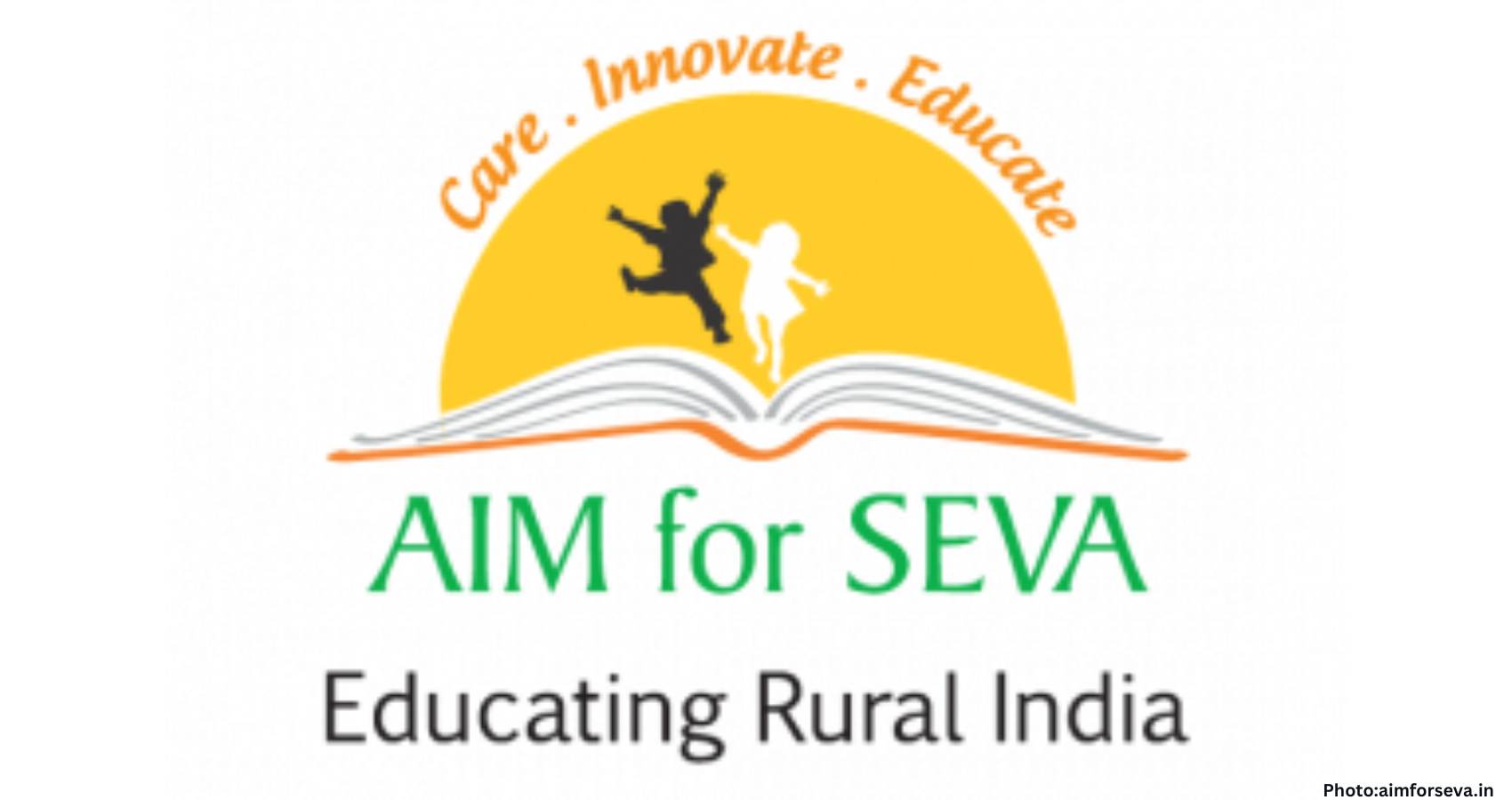Aim for Seva celebrates 25 years of transforming the lives of underprivileged children in rural India through education and holistic support.
In the heart of rural India, a quiet revolution has been unfolding for a quarter of a century. Aim for Seva (AIMS), founded in 2000 by Swami Dayananda Saraswati, has dedicated itself to bridging the gap between privilege and deprivation. Over the years, AIMS has touched the lives of more than 20 million individuals across 3,000 villages in 17 states, educating 10,000 children and demonstrating that education is a powerful tool against inequality. Registered as an independent public charitable trust in New Delhi, AIMS has become a beacon of hope for many.
The inception of AIMS can be traced back to a pivotal conversation between Swami Dayananda Saraswati and Pappamal, a tribal woman whose two sons had dropped out of school due to the arduous journey they faced. The school was an hour away on foot, and the daily trek became untenable, especially during the harsh summer sun and monsoon rains. Pappamal suggested the establishment of a “chatralayam”—a free student hostel—to provide a practical solution for children in similar situations.
Today, AIMS operates 94 chatralayams across India, providing a home away from home for 4,000 students. These facilities offer accommodation, three nutritious meals a day, health care, school uniforms, books, and a variety of extracurricular activities, ensuring a well-rounded education. The chatralayas are strategically located near government schools to facilitate access to education.
Among the residents, 90 percent are first-generation learners in their families. The chatralayams cater to students from the 5th to 12th grades, with many staying for an average of seven years. During this time, they receive not only academic tutoring but also life skills training, yoga, arts, and sports. The graduation rate stands at an impressive 94%, significantly higher than the national average.
At its core, AIMS is committed to empowering underprivileged rural and tribal children through quality, holistic education. The organization fosters self-confidence and responsibility among its students. By emphasizing the principle of “seva” (selfless service), AIMS instills values of gratitude and contribution, encouraging recipients to become givers in the future.
AIMS operates as a donor-funded initiative, relying on contributions from supporters in the USA and Canada. These donors organize annual appreciation events to raise awareness and secure the millions of dollars necessary to sustain the organization’s efforts. Volunteers, referred to as “sevaks,” play a crucial role in these initiatives. Rani Goel, a longtime supporter, notes that these individuals “give their time, talent, and energy to help other children succeed in life,” finding fulfillment in their contributions to their homeland.
Currently, AIMS enrolls 10,000 students annually and has served 4 million meals to them. Between 2021 and 2025, the organization expanded its model to include the concept of a Vidyalaya, which encompasses a K-12 school, separate chatralayas for girls and boys, and residences for key school personnel. AIMS now operates 94 hostels and four functioning Vidyalayas, with five more under construction. The graduation rate of 95% and the fact that 80% of graduates advance to higher studies indicate that this model is effective.
Among the success stories are tribal girls from Odisha, who, once restricted by distance and tradition, now lead community health initiatives. Boys from the Manjukudi Chatralayams have graduated as engineers and teachers. AIMS has received a 4-star rating from Charity Navigator for over eight consecutive years, reflecting its commitment to transparency and effectiveness.
Looking ahead, Bay Area organizers emphasize that the Silver Jubilee in 2025 is not just a celebration but a call to action to establish more schools in rural India. The AIMS model promotes a continuous cycle of giving by enabling and encouraging beneficiary students to teach, sponsor others, and spread the success of the movement within their communities. “This is seva without benchmarks—only endless goals of upliftment,” remarked one donor.
As AIMS continues its mission, Goel remarks, “In an era of fleeting philanthropy, Aim for Seva stands as a testament to sustained impact. Its legacy is seen in the thousands of once invisible children who now participate in India’s future.”
For more information, visit: Aim for Seva Bay Area.
Source: Original article

